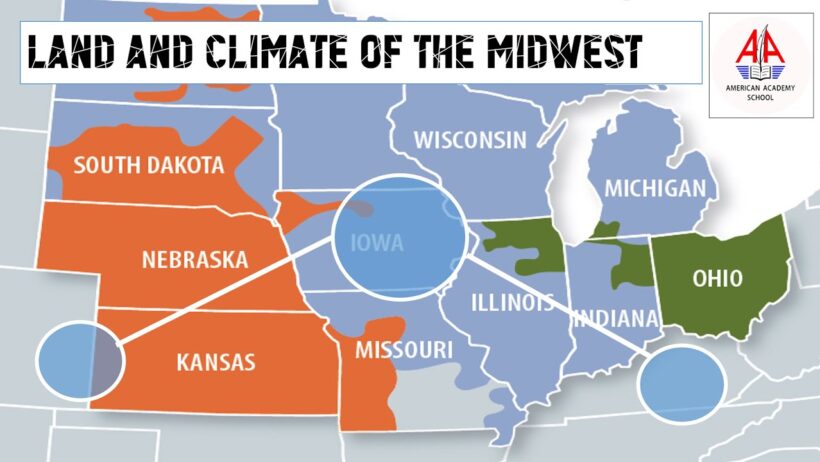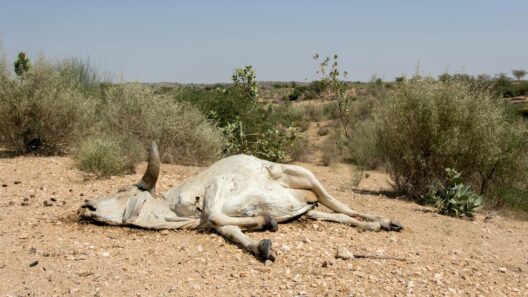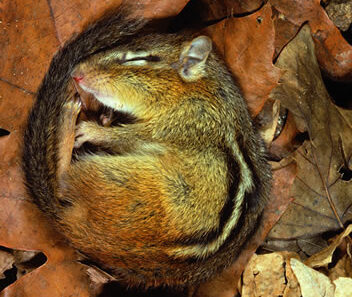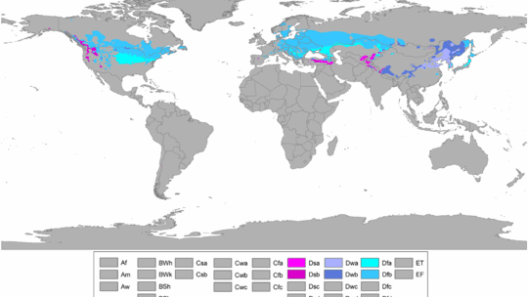The Midwest region of the United States, often referred to as “America’s Heartland,” is characterized by diverse climatic patterns that contribute to its unique identity. Stretching from the northern plains to the Great Lakes, the climate in this area is as varied as its geography, offering experiences from chilly winters to balmy summers. Understanding the climate of the Midwest is crucial, especially in light of climate change, as it helps in cultivating adaptive strategies for agriculture, infrastructure, and everyday life.
The Midwest experiences a humid continental climate, which is marked by significant seasonal temperature variations. The distinct seasons create a melting pot of weather phenomena, from heavy snowfall in winter to the sweltering heat of summer. Effectively, this climatic diversity not only shapes the environment but also influences the socio-economic fabric of the Midwest.
Winter: The Chilling Embrace of Snow
Winter in the Midwest is often protracted, with snow cover dominating many states from late November through early March. This season is characterized by an average temperature that often plunges below freezing, creating a picturesque yet frigid landscape. Areas like northern Minnesota and Wisconsin frequently see blizzards, while southern locales might experience milder conditions. Lake-effect snow, a phenomenon caused by cold air moving over the warmer waters of the Great Lakes, contributes significantly to snow accumulation especially around the lakeshores. Various communities adapt to these winter hardships with an array of winter sports and activities, integrating into their local culture.
Spring: The Awakening
Spring marks a transformative period, shifting from cold to warmth with palpable enthusiasm. Temperatures begin to rise, and the region undergoes a breathtaking renaissance of plant life. This season, however, is not without its perils, as the Midwest is also prone to severe thunderstorms and tornadoes, particularly in May and June. The interplay between warm, moist air and cold, dry air can be volatile, culminating in intense weather events that pose risks to both human safety and agriculture.
The blossoming flora is accompanied by the sounds of birds returning from their migratory journeys. The Midwest’s ecosystems begin to thrive again, which plays a crucial role in supporting local wildlife. Farmers utilize this season for planting, setting the stage for a productive growing period.
Summer: The Scorching Heat and Thriving Ecosystems
As temperatures soar in summer, often reaching the 90s Fahrenheit, the Midwest transforms into a verdant landscape. This period, typically spanning from June to August, is marked by high humidity, making the heat feel even more oppressive. The agricultural sector benefits greatly from this season, as crops such as corn and soybeans reach their peak growth. Farming is the backbone of the Midwest economy, and these months are crucial for ensuring a bountiful harvest.
However, summer also comes with its own challenges. Drought conditions can develop, leading to significant water shortages for both agricultural and urban areas. On the flip side, summer thunderstorms can lead to flash floods, wreaking havoc on both rural and urban infrastructures. These extremes serve as a reminder of the ongoing impact of climate change, which is exacerbating weather irregularities across the Midwest.
Autumn: A Transitional Tapestry
Autumn heralds yet another transformation, showcasing a dazzling display of foliage as trees prepare for winter. This season, spanning September to November, is characterized by cooler temperatures and crisp air, providing a striking contrast to the previous sweltering months. The harvest season is in full swing, with many agricultural fairs celebrating the bounty of the land.
Autumn also serves as a precursor to winter, with temperatures steadily declining. Farmers utilize this time for the final harvest, preparing their fields for the dormant winter months. Yet, like in spring, autumn is also a season where severe weather can occur. Early snowfall or late-season storms can catch residents off-guard, leading to a climate that continually requires adaptation.
Climate Change: An Urgent Concern
Climate change is increasingly altering the climatic landscape of the Midwest. Rising temperatures are leading to more erratic weather patterns, shifting the traditional timelines of seasons. Increased rainfall and more frequent droughts are predicted, causing potential disruptions in agricultural practices and food supply chains. Additionally, the frequency of severe storms is expected to escalate, posing risks to safety and infrastructure.
As temperatures increase, the potential for economically important crops to thrive becomes uncertain. Historically, the Midwest has produced the bulk of America’s corn and soy, but the changing climate threatens to disrupt these agricultural norms. Managing the impacts of climate change necessitates a collaborative effort among policymakers, farmers, and consumers to develop sustainable practices and mitigate adverse impacts.
Conclusion: Embracing Diversity and Resilience
In sum, the Midwest region’s climate is a tapestry interwoven with diverse weather patterns that shape the natural landscape, influence agriculture, and dictate the lifestyles of its residents. As the region grapples with the complexities of climate change, an emphasis on resilience and adaptation becomes paramount. The way forward lies in embracing this climatic diversity and fostering a collaborative spirit among communities to ensure a sustainable and equitable future.







